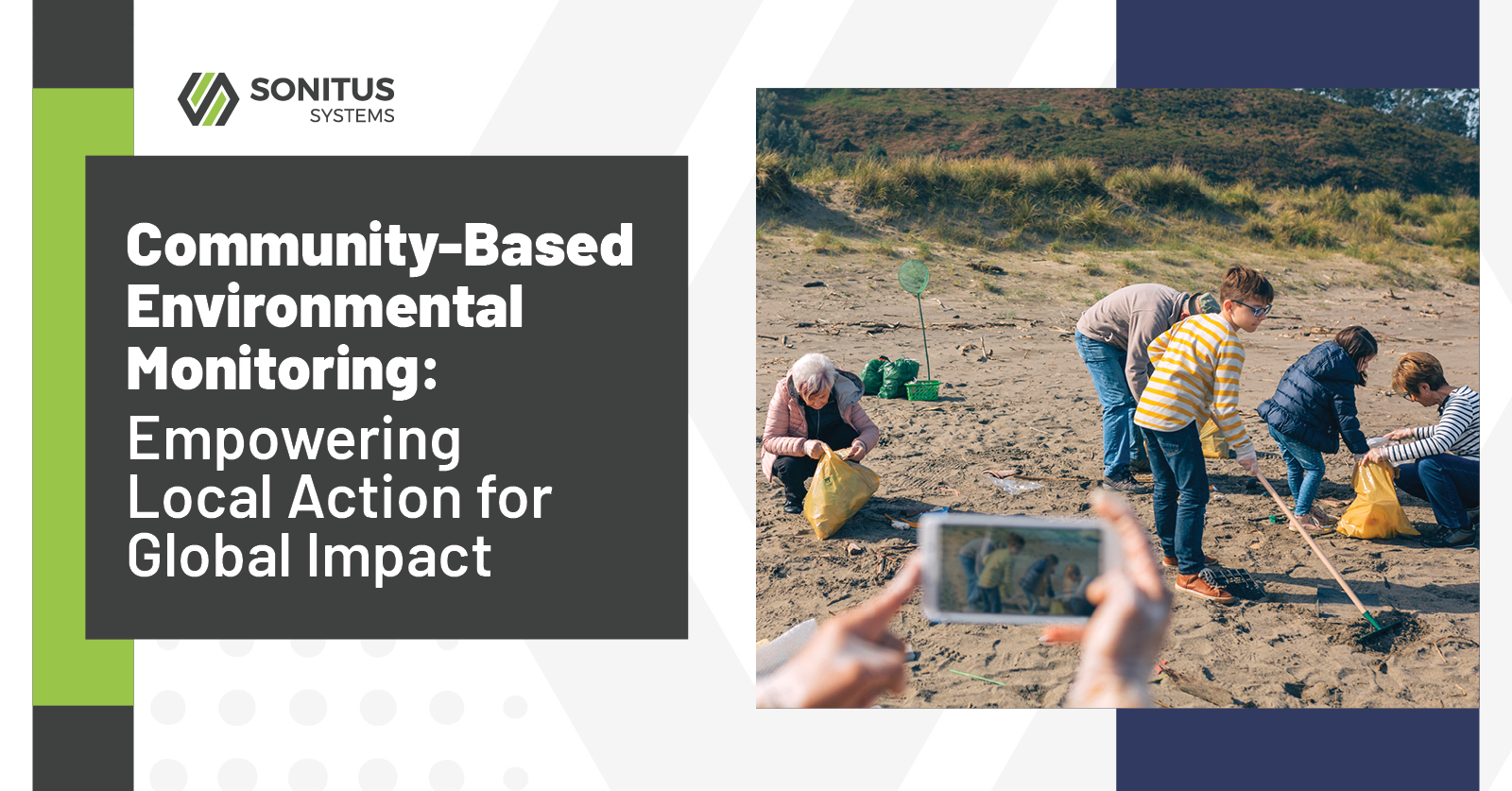Empowering Local Action for Global Impact
Environmental monitoring has undergone an interesting transformation in recent years. As an academic turned commercial innovator, it is exciting to see what was once the exclusive domain of scientists and government agencies, opening up to communities worldwide. This is thanks largely to accessible technology, like Sonitus Systems’ innovations, and ever increasing environmental awareness. Certainly, there is power in local knowledge. When communities take an active role in monitoring their environment, something special happens. Traditional ecological knowledge combines with scientific methods to create a deeper understanding of local ecosystems. Residents who have observed their surroundings for generations often notice subtle environmental changes that might escape conventional monitoring networks. This approach is not just about collecting the data – it is about giving communities a voice in environmental decisions that directly affect their lives, aligning with the Aarhus Convention and New European Bauhaus principles.
So, why does community monitoring matter?
Community-based monitoring achieves several important goals. Most importantly, it brings a local perspective into environmental decision-making that would otherwise be lacking. This preserves valuable traditional knowledge about ecosystems, which helps to catch environmental issues early, before they become crises. Also, it provides practical data for sustainable resource management, which facilitates the kind of environmental stewardship required within communities.
Over the past decade, across the globe, it has been our experience that when people monitor their own environment, they develop a stronger connection to it. This connection naturally leads to greater care and protection. In fact, the impact of community monitoring extends far beyond neighbourhood boundaries. The Clean Air Together project in Ireland demonstrates this perfectly. Thousands of citizens across Dublin, Cork, Galway, and Limerick have measured nitrogen dioxide pollution in their areas, creating an invaluable dataset that informs national environmental policy. These locally-gathered insights from citizens contribute to our global understanding of environmental challenges and help shape more effective solutions.
Of course, technology has been a great enabler; tools like Sonitus Systems’ EM2030 Sound Level Monitor and DM30 DustSens Particulate Monitor have transformed what is possible in community monitoring. These accessible, reliable, robust instruments allow communities to collect professional-grade data on noise and air quality without specialised training.
When communities have access to real-time environmental data, they gain the evidence needed to advocate for change and measure the effectiveness of environmental interventions.
